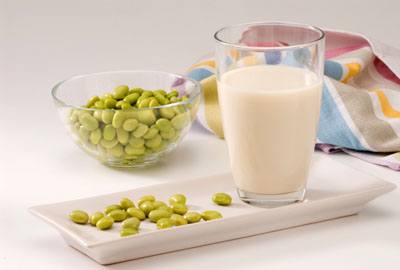
You may have heard of fighting colds with Vitamin C, but fighting the flu with Vitamin D may be new to you. Exposure to sunshine helps the body manufacture Vitamin D, and Vitamin D boosts the body's own virus-fighting ability.
This, along with other factors, is why colds and flu increase in the wintertime when there is less sunlight. If you want to use Vitamin D to prev ent the flu this year, here is how.
1. Eat lots of fish. (As an aside, it's interesting to note that the diet of the Eskimos, who live in a part of the world where there is no sunshine at all for long periods, includes lots of fish oil and is therefore rich in Vitamin D.) In descending order, some of the fish highest in Vitamin D are as follows:
* Herring
* Catfish
* Sockeye salmon
* Steelhead trout
* Halibut
* Sardines
* Mackerel
* Tuna packed in oil
It's also very beneficial to augment the diet with cod liver oil and fish oil supplements.
2. Include tofu and soymilk in your diet. Tofu has 124 IU (International Units) of Vitamin D per serving, and soymilk has 119 IU per cup.
3. Choose a good Vitamin D supplement. Some recommend Vitamin D3, as this is said to be the effective and the least likely to cause problems if taken in large amounts. Most supplements are in increments of 1000 IU – take up to 5000 IU per day. Children under the age of ten should have less; no more than 2000 IU is suggested for children aged two to four, and no more than 3000 is recommended for children under ten.
4. Increase your Vitamin D intake if you have been exposed to the flu. You can take up to 10,000 IU if you think you've been exposed. Make the necessary adjustments for children.
5. Be sure to drink lots of water. Large amounts of Vitamin D in your blood may raise your risk of developing kidney stones. Water helps flush out the excess vitamin.
6. Get outside in the sun when you can. It can be tough in the wintertime, but go outside as much as possible on sunny days. While your face may be the only skin exposed to the sun, it's still helpful.

